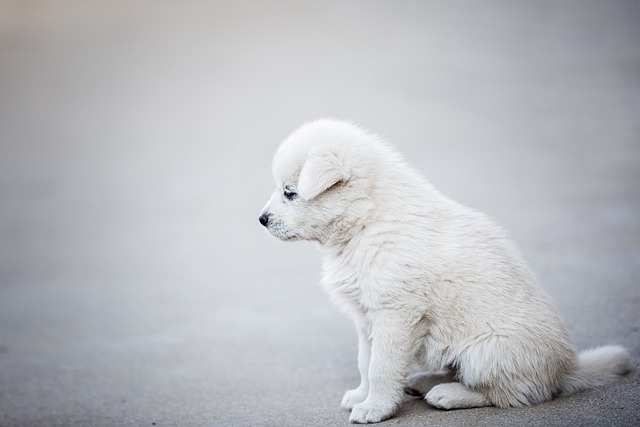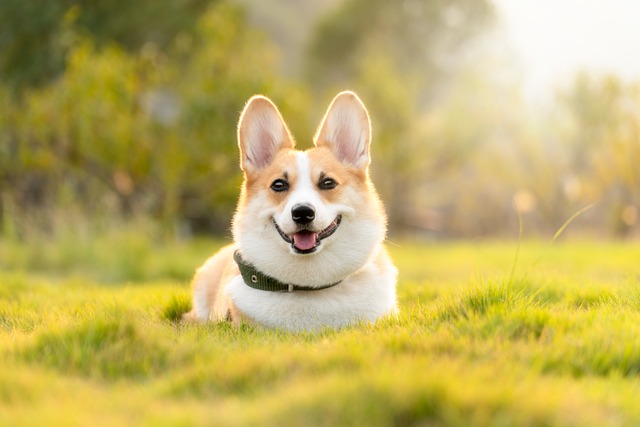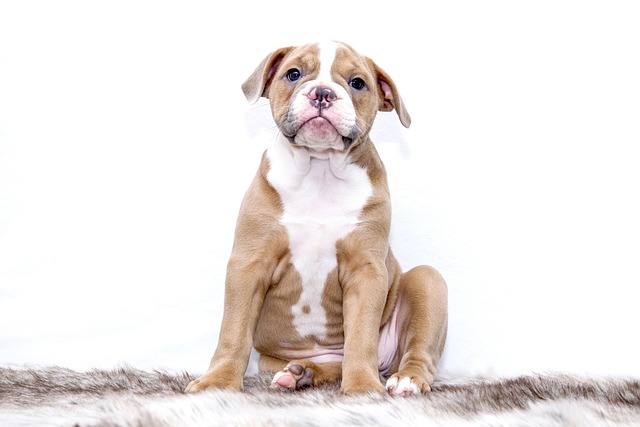
How can I show my dog that I am the leader
Let's clear up a common misconception right away: the idea of humans needing to dominate dogs as "alphas" has been thoroughly debunked by modern animal behavior science.
They have always been loyal companions to humans. Watching other people's dogs interact cutely with their owners by shaking hands, many native dog owners also yearn for their beloved pets to learn this adorable skill. In fact, training a native dog to shake hands is not difficult. As long as you master the correct methods and invest enough patience and love, your native dog can easily learn this interesting interaction, bringing more joy to your life. Next, I will introduce in detail the training methods for teaching a native dog to shake hands.
I. Preparations Before Training
Before starting the training, it's necessary to establish an intimate and trusting relationship with the native dog. This is the cornerstone for the smooth progress of all training. Spend time with it, feed it, stroke it, and play with it, allowing it to get familiar with your voice, smell, and movements. When the native dog feels your care and trusts you completely, it will be more willing to cooperate with your training. Prepare some small snacks that the native dog likes, such as dried chicken, beef jerky, etc. These small snacks will be used as rewards during the training process. Dogs usually have a high enthusiasm for food, and using snacks as rewards can effectively stimulate their enthusiasm for learning. Choose a quiet training environment with few distractions, so that the native dog can focus on the training content and avoid being distracted by external factors.
II. Specific Training Steps
(1) Get the Native Dog to Sit Quietly
First, make the native dog stay in a quiet state, and then give the command "Sit". If the native dog doesn't respond, you can gently press its hips to help it make the sitting action. Once the native dog sits successfully, immediately give it a snack reward and praise it gently, such as "Great job" or "Well done". Repeat this process several times so that the native dog understands that it can get a reward by sitting when it hears the command "Sit", thus forming a conditioned reflex.

(2) Guide the Native Dog to Stretch Out Its Paw
After the native dog can skillfully follow the "Sit" command and sit down, you can move on to the handshake training session. Stand in front of the native dog, stretch out your right hand with the palm facing down, and get close to the native dog's left front paw. At the same time, give the command "Shake hands" in a gentle and clear voice. If the native dog doesn't respond, you can gently touch its left front paw with your fingers to guide it to lift its paw. Once the native dog's paw touches your hand, immediately hold its paw and give it a snack reward and enthusiastic praise at the same time. This step is to help the native dog associate the "Shake hands" command with the action of lifting its paw.
(3) Strengthen the Handshake Action
After the native dog can occasionally perform the handshake action, it is necessary to continuously strengthen this behavior. Repeat the "Shake hands" command, and give a reward in a timely manner every time the native dog responds correctly. As the number of training sessions increases, gradually reduce the guiding action of touching its paw with your fingers, so that the native dog can stretch out its paw actively according to the command. Each training session should not be too long, about 5 - 10 minutes is appropriate, to avoid the native dog getting bored. You can conduct multiple short training sessions every day, which helps the native dog master the skill better.
III. Precautions During the Training Process
(1) Maintain Patience and a Positive Attitude
Training a native dog to shake hands may not be achieved overnight. The native dog may react slowly or be uncooperative. At this time, the owner must be patient and not get angry or scold the dog just because it doesn't meet expectations. Your negative emotions will make the native dog feel scared and uneasy, thus affecting the training effect. Always maintain a positive attitude and guide the native dog to learn through encouragement and rewards, allowing it to complete the training in a relaxed and pleasant atmosphere.
(2) Pay Attention to the Timing and Method of Rewards
Rewards are one of the key factors for the success of training. You should give a reward immediately after the native dog makes the correct action, so that it can clearly know that its behavior is recognized. The ways of rewarding can be diversified. In addition to food rewards, you can also give it a gentle stroke, words of praise, or play with its favorite toy for a while. Diversified reward methods can keep the native dog enthusiastic about training.
(3) Avoid Over-training
Although multiple short training sessions are helpful for the native dog to learn skills, it is also necessary to pay attention to avoiding over-training. Over-training will make the native dog feel tired and stressed, which is instead not conducive to its learning. Observe the state of the native dog. If it shows signs of inattention, yawning, or boredom, you should stop the training and let it rest for a while.
Training a native dog to shake hands is a process full of fun and challenges. During this process, the bond between you and the native dog will deepen continuously. One day, when you stretch out your hand and give the "Shake hands" command, and the native dog can quickly lift its paw to interact with you, the sense of accomplishment and joy will be indescribable. Accompany the native dog to grow up with your patience and love, witness it learn one new skill after another, and let it become the most intimate and obedient partner in your life.

Let's clear up a common misconception right away: the idea of humans needing to dominate dogs as "alphas" has been thoroughly debunked by modern animal behavior science.

Social anxiety can make even small outings feel overwhelming, but a well-trained dog can become a steady, calming presence in those moments.

Preparing your dog for camping requires more than just extra food and a leash—it's about creating a mobile version of their home safety net.

Ever notice how professional dog trainers seem to have a secret weapon in those treat pouches? They’re not using ordinary store-bought biscuits—they’re employing strategically selected

Chihuahuas often get a reputation for being shy or snappy around new people and pets, but that’s usually because they haven’t had consistent, positive social experiences early on.

Potty training an old dog takes patience more than speed—unlike puppies, adult pups have established habits, so rushing can make them anxious.